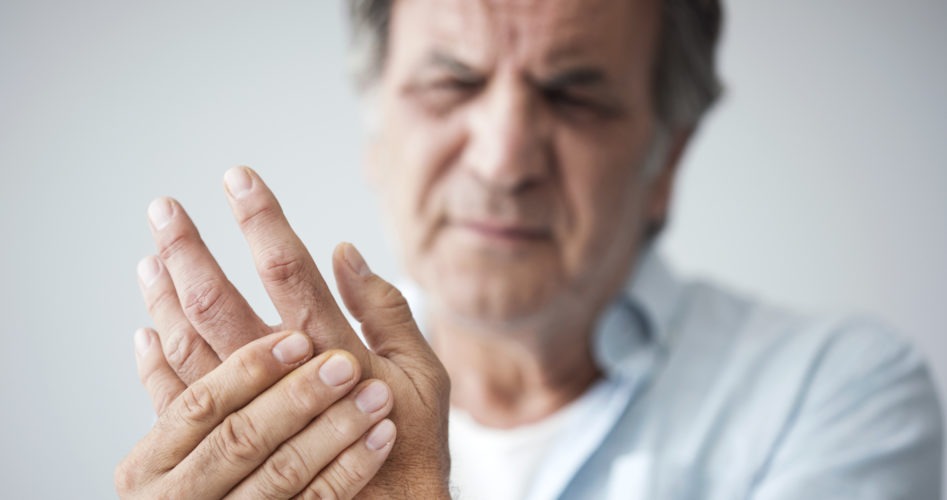How to Stop Sensitive Teeth Pain Immediately
Did you know that oral diseases are the most common noncommunicable diseases?
Are you looking to find out how to stop sensitive teeth pain immediately? Not to worry! In this guide, we’ll go over the causes and how to lessen teeth pain.
Want to learn more? Keep reading to find out.
What Causes Tooth Sensitivity?
Enamel protects the layer of dentin on healthy teeth while gums protect tooth roots. If the gum line recedes or the enamel wears down, the dentin will become exposed. Dentin’s connected to the nerve that can trigger pain in sensitive teeth.
If you use a hard-bristled toothbrush, throw it out. You can wear down your enamel by using that type of brush or brushing in a rough manner. If you have periodontal disease, your gums can recede and expose the dentin.
Are you a teeth grinder? Grinding or clenching your jaw can wear down the enamel as well.
Some people who use certain mouthwashes can damage their dentin. There are acids in over-the-counter mouthwashes that will make tooth sensitivity worse. Try a neutral fluoride mouthwash and avoid acidic foods.
Whitening treatments can contain harsh chemicals that remove stains. These treatments could also remove the enamel leading to further tooth sensitivity.
You might have sensitive teeth after dental treatment. The recent work on your teeth might have inflamed the pulp in your teeth. This can cause temporary pain.
Wait up to four weeks. If the pain worsens or remains, book an appointment with your dentist.
Try These Methods at Home
If you have teeth sensitivity, you can change up your oral hygiene routine and lessen the pain. Try desensitizing toothpaste.
Ask your dentist what brand they recommend. You could also try out a few different brands until you find the one you prefer.
Make sure you switch to a soft-bristled toothbrush and use fluoridated mouthwash. Pick up a mouth guard if you think you’re grinding your teeth at night.
To reduce inflammation, try a salt water rinse. Gargle with salt water twice every day. Stir together half a teaspoon of salt and a cup of lukewarm water. Swish this solution for up to thirty seconds and spit it out.
Potential Routes Dentists Will Take
Dentists might recommend crowns or inlays to fix decay or a tooth flaw causing the pain. You could also undergo a surgical gum graft. This procedure can help protect the root. In turn, this will reduce sensitivity if the gum tissue has eroded.
A last-resort treatment is a root canal. You might undergo this treatment if you have persistent and severe tooth sensitivity. Talk it over with a dental professional to find out more. BlueWave Dentistry can review your case.
How to Stop Sensitive Teeth Pain Immediately
We hope you found this guide on sensitive teeth helpful. Talk to a dentist to learn more about how to stop sensitive teeth pain immediately.
Don’t forget to bookmark our site. This way, you won’t miss out on any of our resources.





